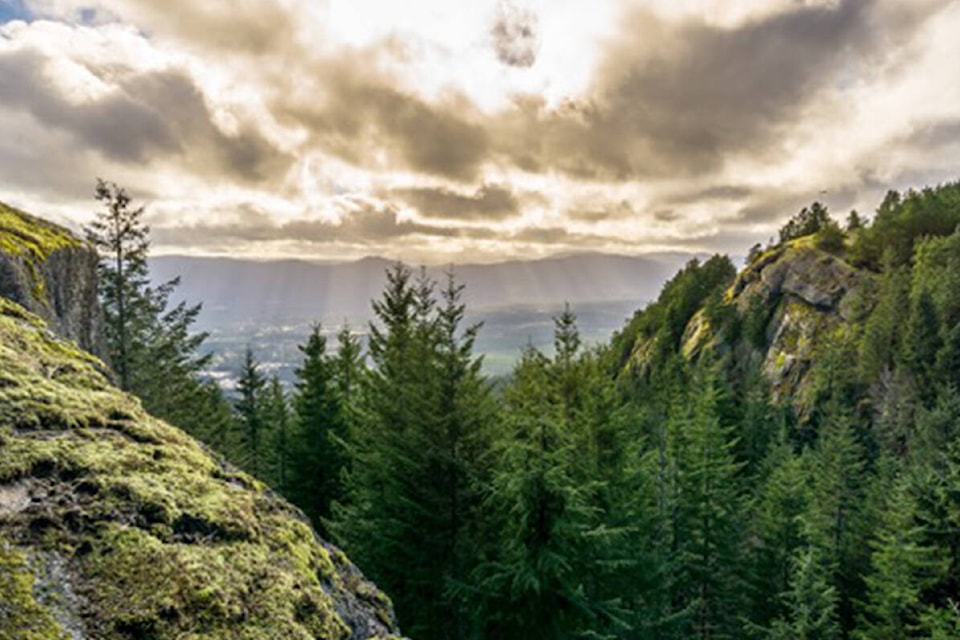The results of an online survey held on how North Cowichan’s 5,000-hectare municipal forest reserve should be managed indicate that the vast majority of respondents favour conservation scenarios for the public woodlands.
More than 40 per cent of the almost 2,000 respondents to the survey said they would prefer the municipality move towards active conservation management of the forest.
Active conservation would focus on targeted logging with the goal of restoring and enhancing ecosystem conditions that promote biodiversity, while providing some income from harvesting and generating income for North Cowichan from carbon credits.
RELATED STORY: 4 OPTIONS FOR FUTURE OF NORTH COWICHAN FOREST RESERVE
Almost 30 per cent of survey respondents said they would prefer the passive conservation option, which is to let the forests within the MFR develop with minimal human intervention.
This scenario would be expected to enhance the development of wilderness recreation opportunities by reducing the footprint of human activities.
Approximately 20 per cent of respondents said they would prefer the status-quo option, which calls for the historical harvesting practices within the MFR to continue as they were before harvesting stopped three years ago.
The average annual harvest volumes in this scenario would be approximately 17,500 cubic-metres per year, based on past harvesting records, and no carbon credits would result.
Harvesting would be reduced in visually sensitive areas with levels of tree retention intended to mitigate visual impacts, while allowing annual harvest targets to be met.
The least popular option, which calls for reduced harvesting, received just 12 per cent support among the survey’s respondents.
This option would see logging cut back by up to 50 per cent of the historical harvesting rate in the forest reserve, and allow for the generation of some carbon credits.
RELATED STORY:“DEEP AND BROAD” PUBLIC ENGAGEMENT WANTED ON MUNICIPAL FORESTS
The selection of tree stands and methods of harvesting would be designed to provide a balance between income and employment opportunities associated with logging in the MFR, while minimizing the impact of harvesting on visual aesthetics, recreation opportunities, and biodiversity.
Last fall, North Cowichan’s council received a detailed presentation from Dr. Brad Seely and Dr. Peter Arcese from the UBC Partnership Group on the four draft forest management scenarios, which were developed with input received in 2021 in round one of the public engagement process to help determine the future management of the forest reserve, as part of the ongoing review of the MFR.
Round 2 of public engagement included workshops, the online survey, in-person activities and a statistically valid phone survey of North Cowichan residents, which saw results similar to the online survey.
Lees & Associates, a consultant group that is assisting the municipality with the review of the MFR, will be presenting the phase 2 public engagement results to North Cowichan’s council on March 7 at 5 p.m.
robert.barron@cowichanvalleycitizen.com
Like us on Facebook and follow us on Twitter
